The year is 1919. The Great War has ended, and the far-flung elements of the American Expeditionary Forces are making their way home.
In the United States, senior leaders of the US Army are grappling with the question of peacetime organization. As the senior ordnance officer in the War Department, you are charged with advising those leaders on all matters relating to weapons and ammunition.
The Protagonist
You are Major General Clarence Charles Williams, USA.
In 1894, upon graduation from US Military Academy at West Point, you accepted a commission as an artillery officer. In 1898, after service in the Spanish-American War, you transferred to the Ordnance Corps.
In the twenty years that followed, you supervised the manufacture of artillery matériel, ranging from propellants to complete artillery pieces, in a variety of factories. (Some of these were government arsenals. Others were owned by private firms.) In particular, you served at the Rock Island Arsenal, the Watertown Arsenal , and the Bethlehem steel works. In 1912, you spent six months in England studying British methods of making guns and howitzers.
Your Mission
General Peyton C. March, the chief of staff of the Army, has asked your opinion about the best field guns to issue to the peacetime military forces of the United States. Specifically, he requests that you evaluate the three 75mm field guns currently in service with the US Army in order to determine which one ought to become the standard weapon of its type.
To complicate matters, neither you nor General March know how big America’s peacetime army is going to be. General March wants a force of half-a-million regular soldiers. Others call for substantially smaller establishments.
The Guns
Some facts about the three candidates for the standard field gun of the post-war US Army can be found in the following tables.
The Problem
Using the comments section at the bottom of this article, provide General March with your recommendation and the thinking behind it. Please be succinct. General March is a busy man.
Solutions
You can find solutions proposed by readers in the comments section of this post and the author’s solution at the far end of the following link:
For Further Reading:



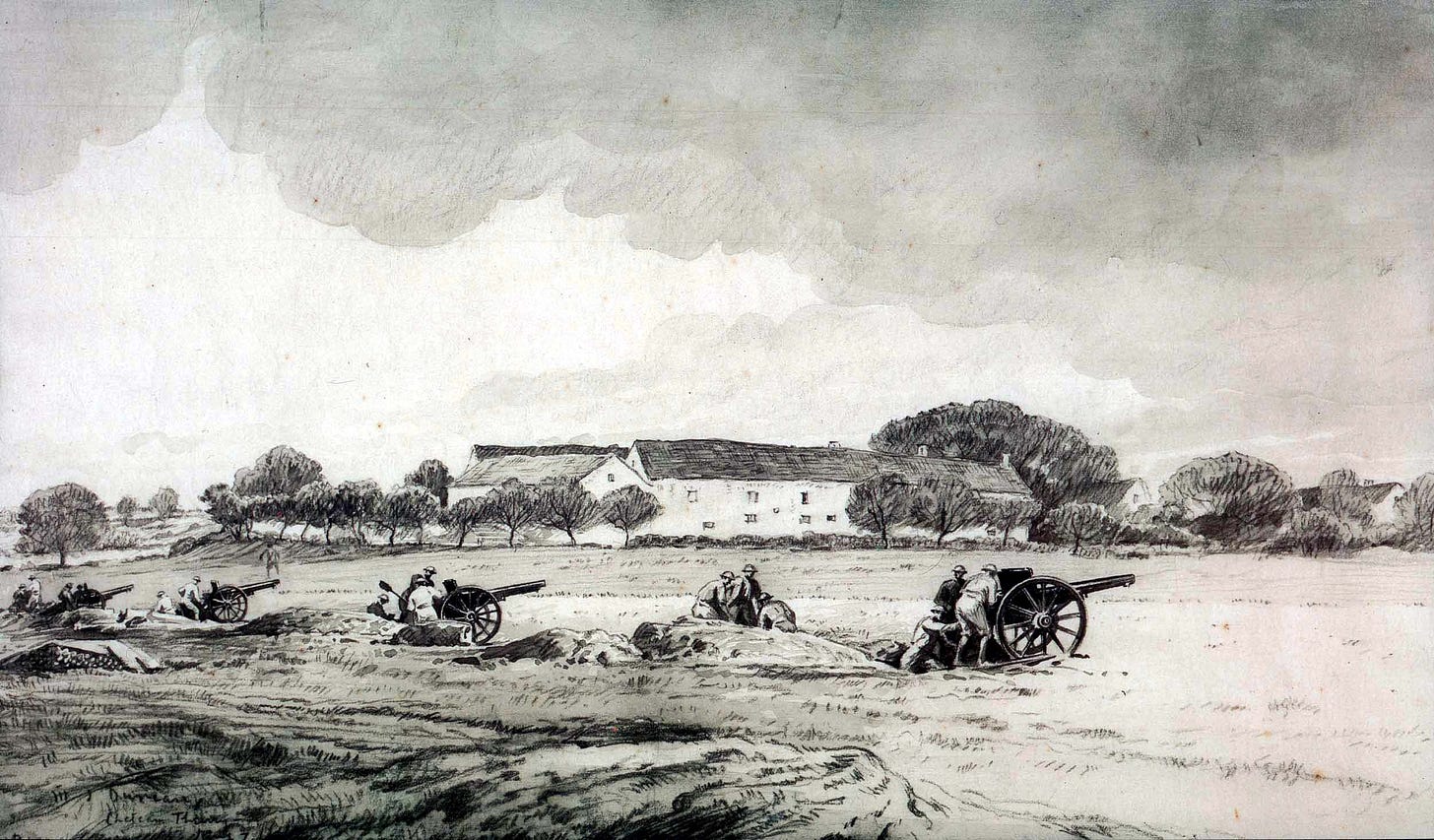

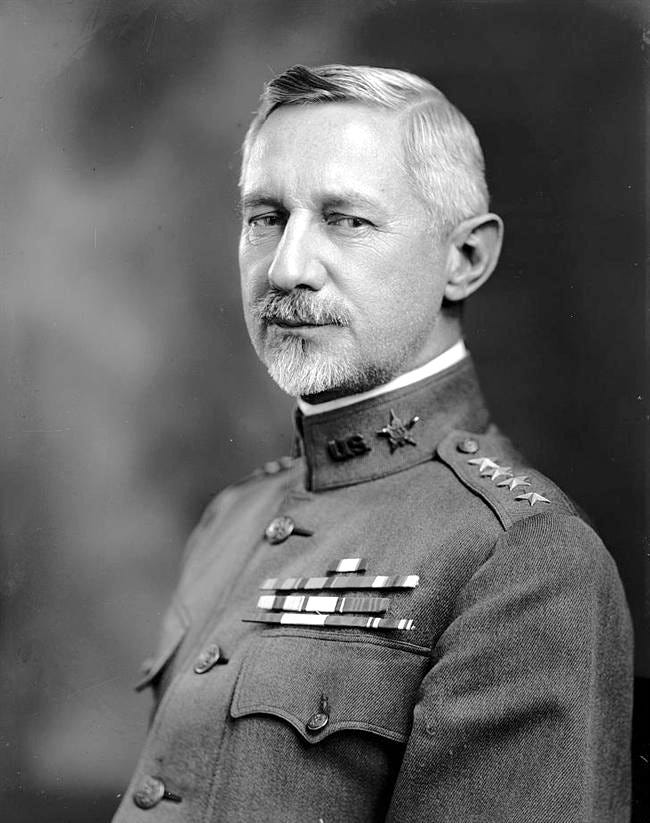
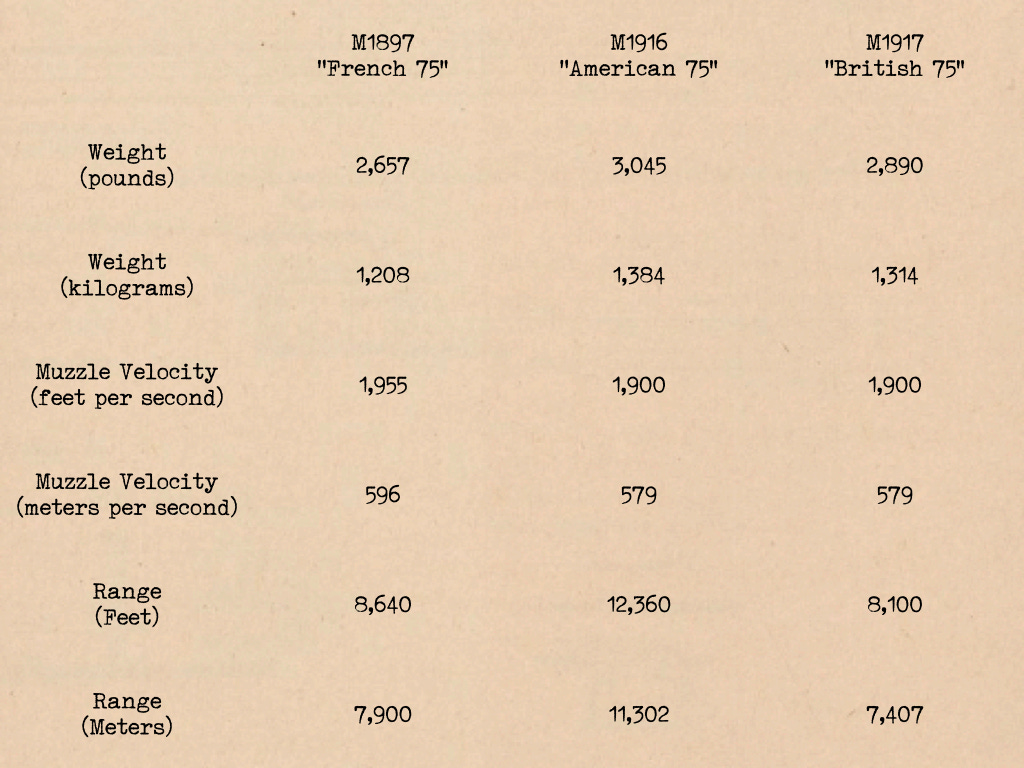
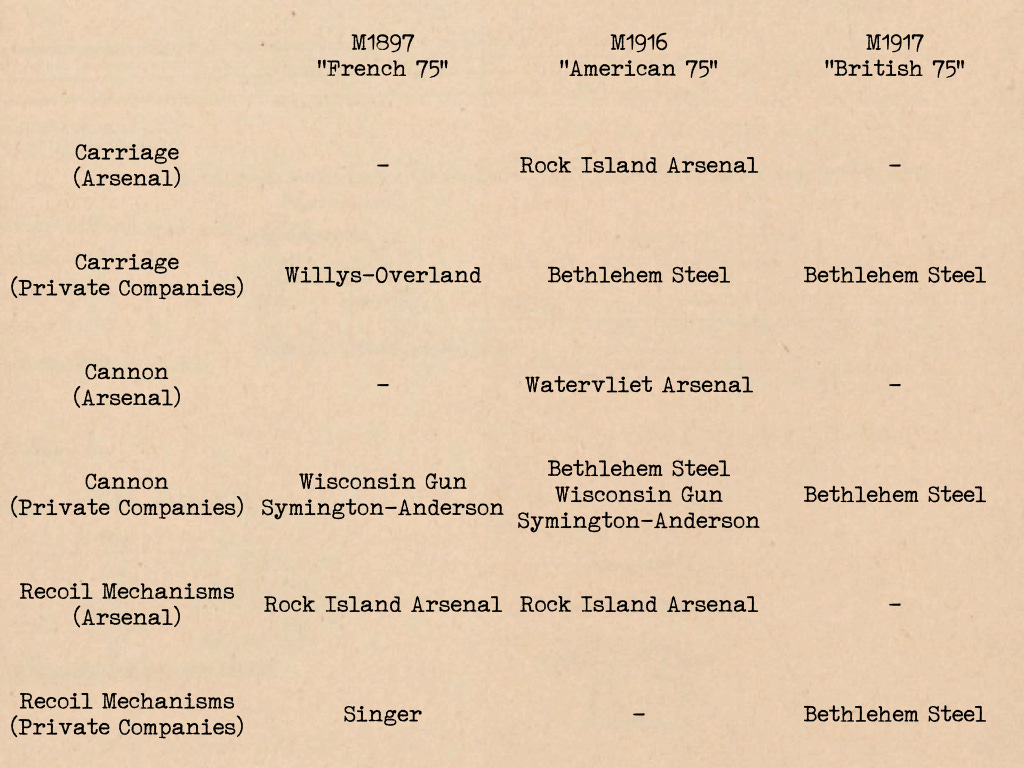
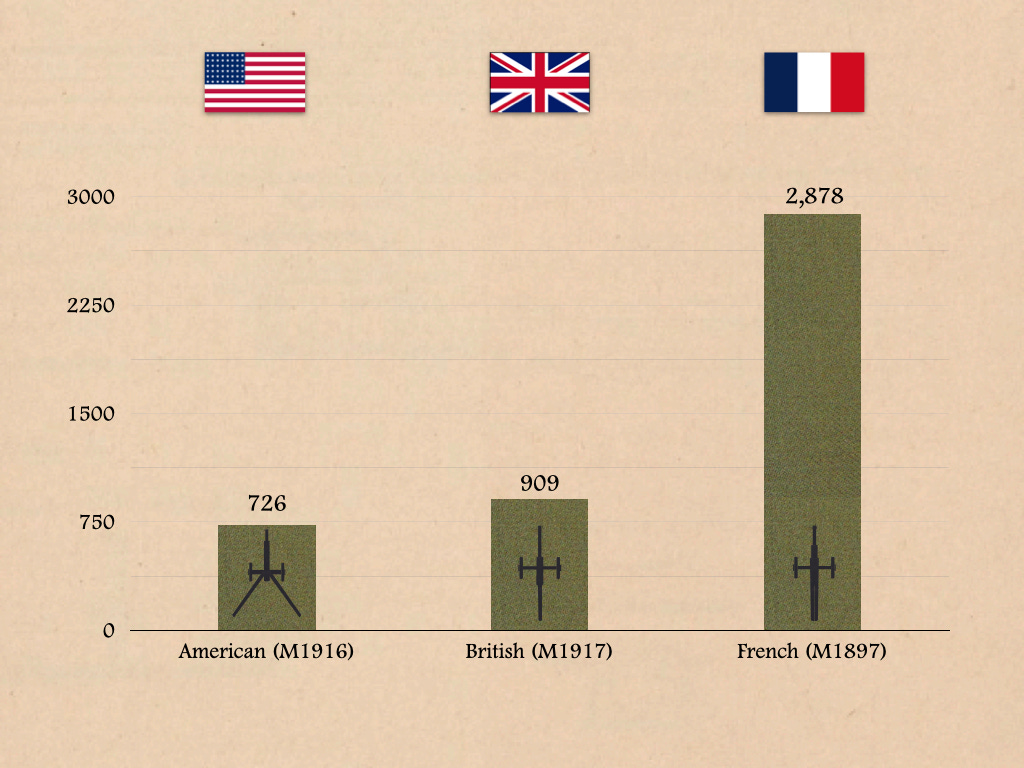


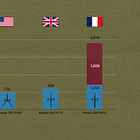
The tubes are all comparable, with trivial differences. The American split trail, allowing higher elevations and substantially increased range, is a decisive advantage, The American gun.
I think I'd go with the American M1917. It may be slightly heavier, but it's got better range, better elevation, and 5 different companies can make the ammunition and components. It's an interchangeable weapon and can be easily moved into position.